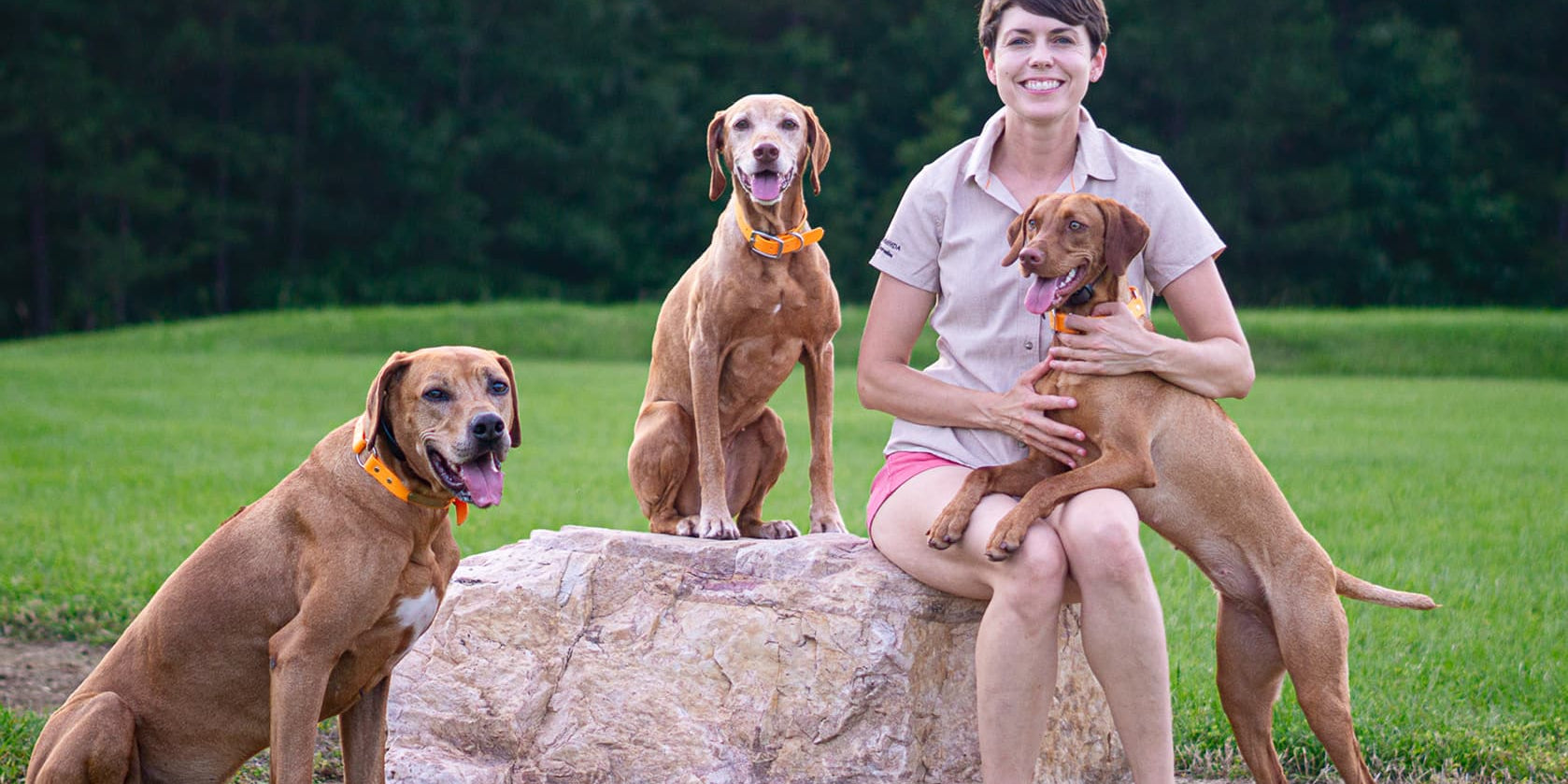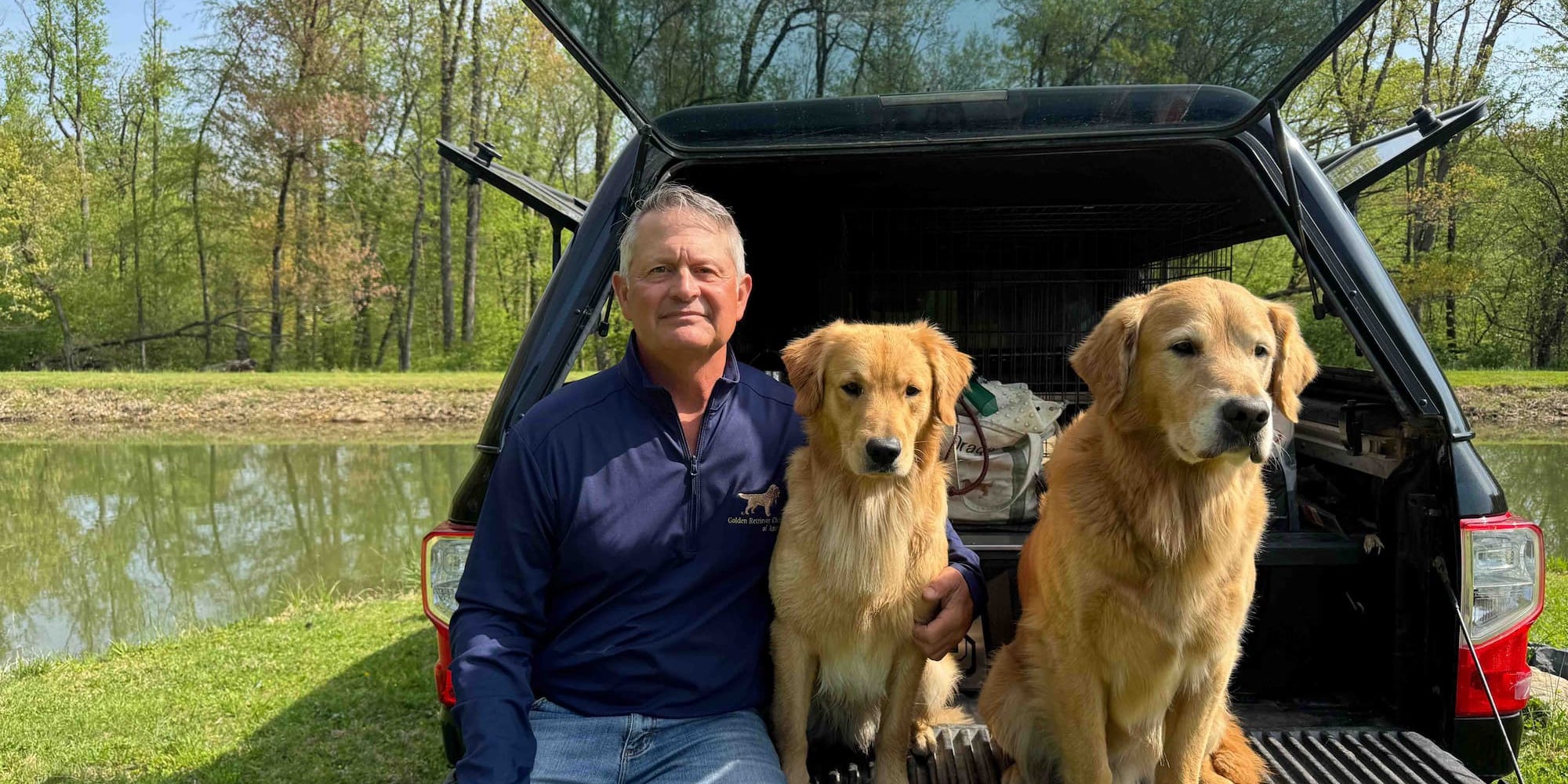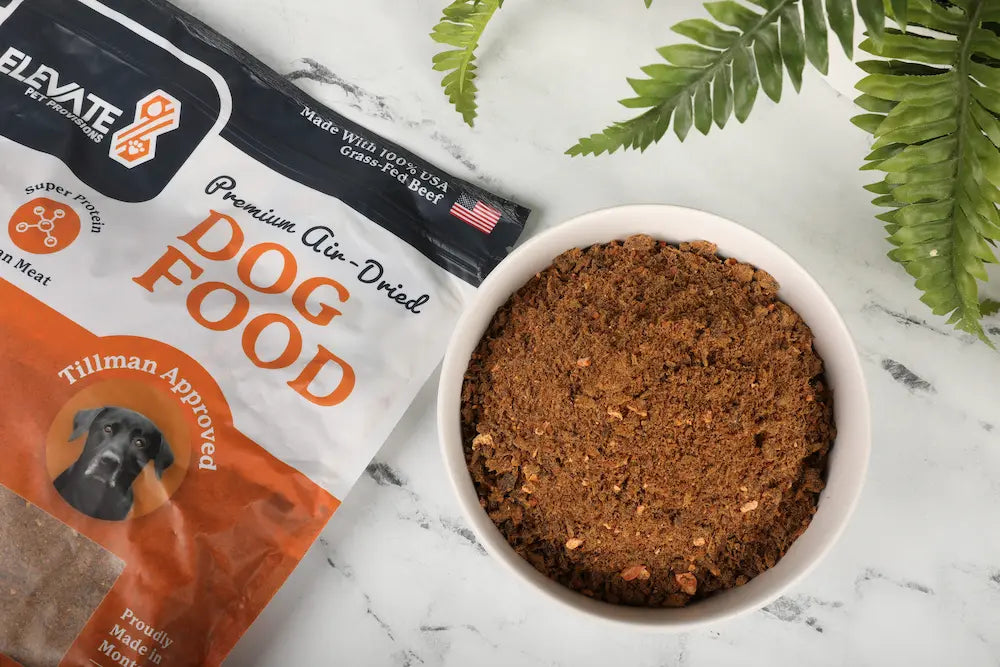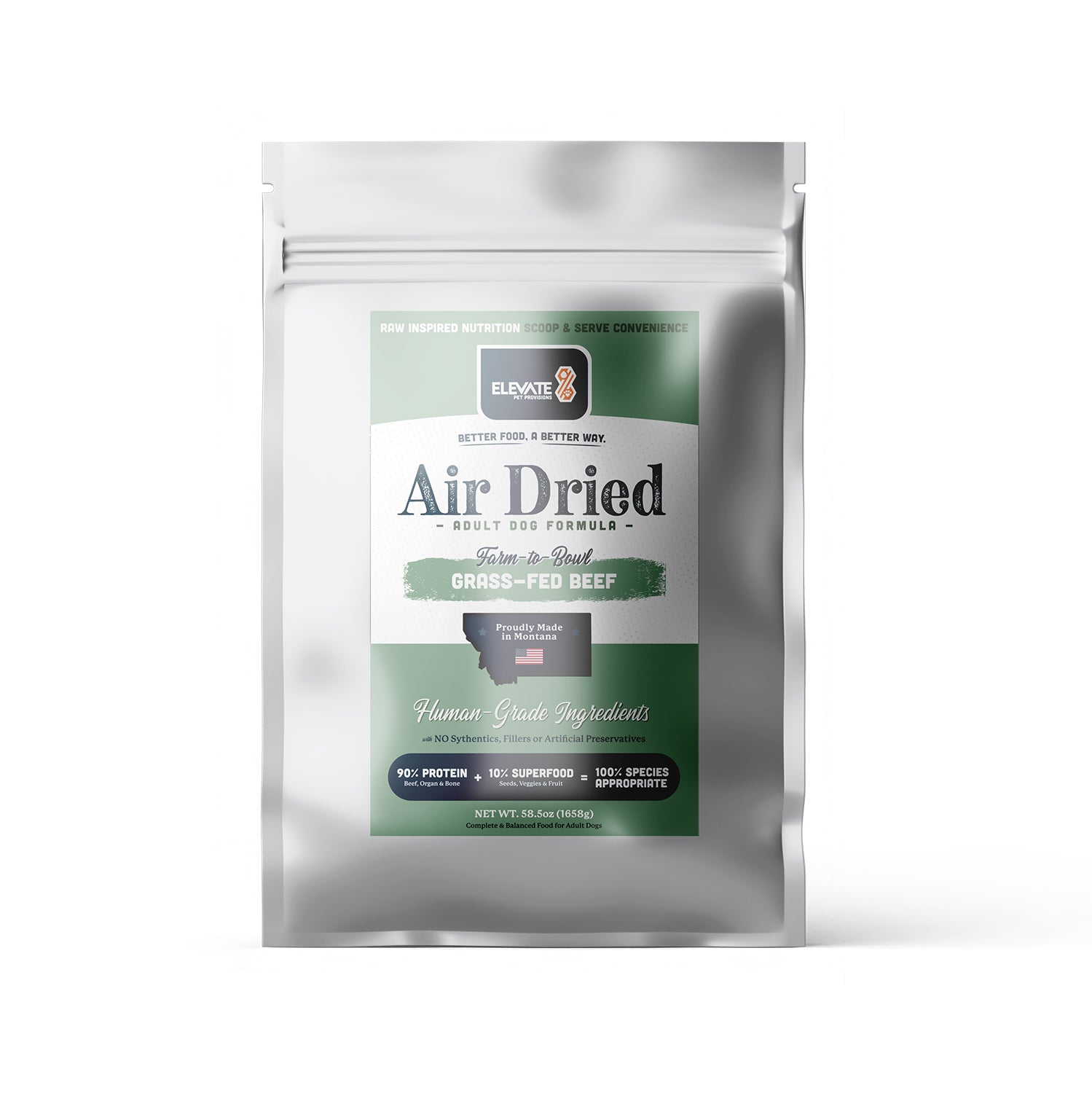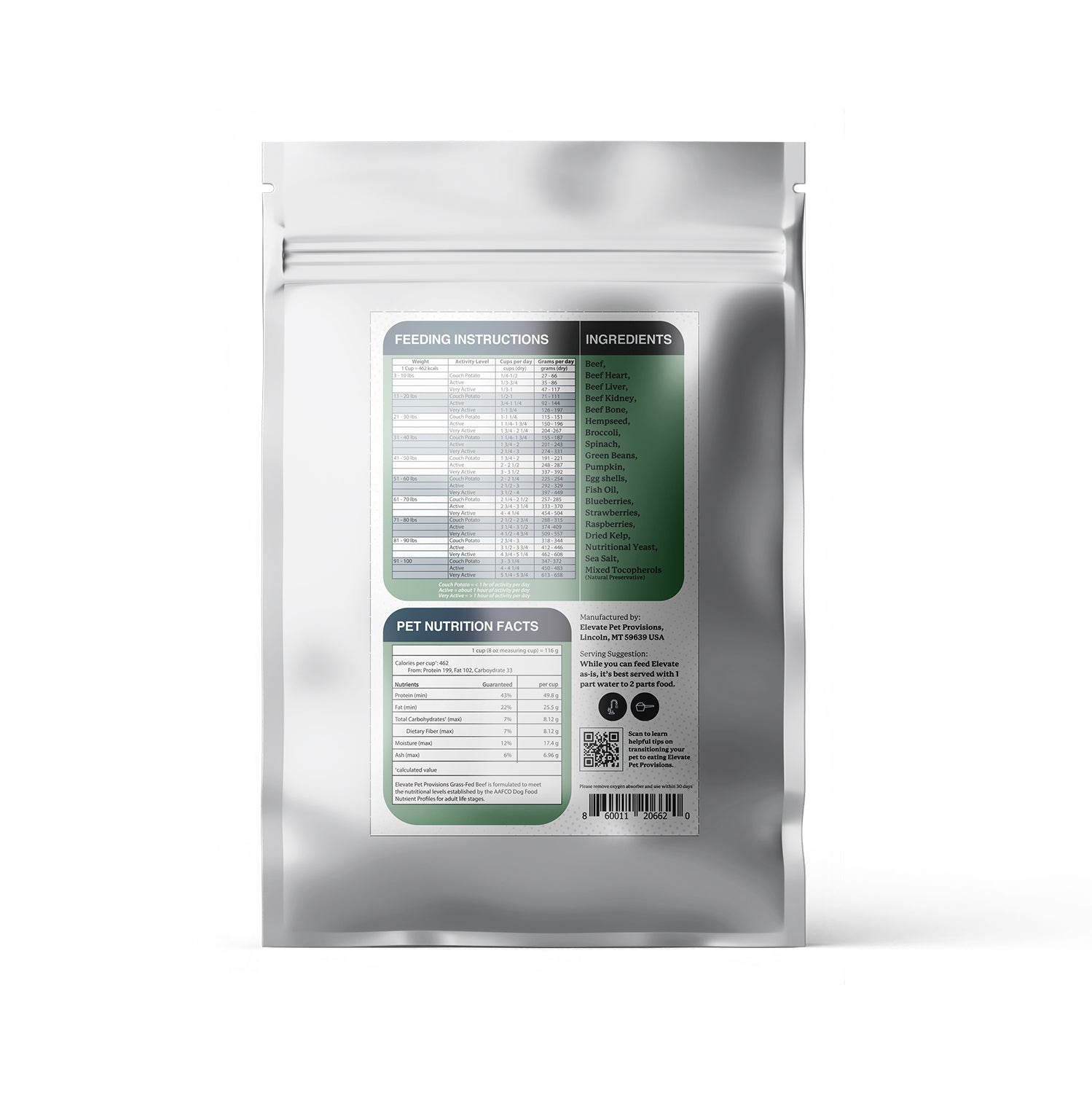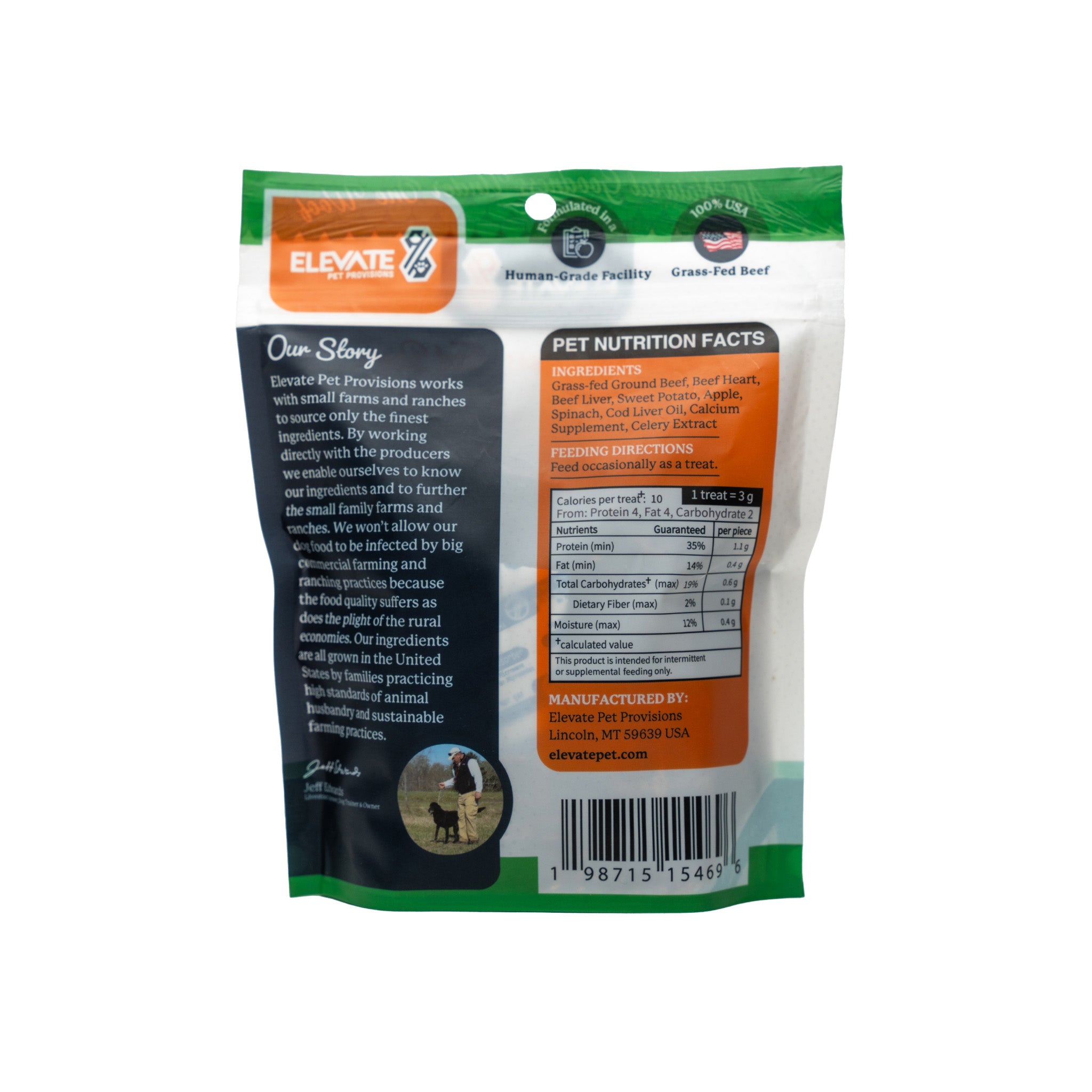Outdoor Fun and Winter Activities for Dogs
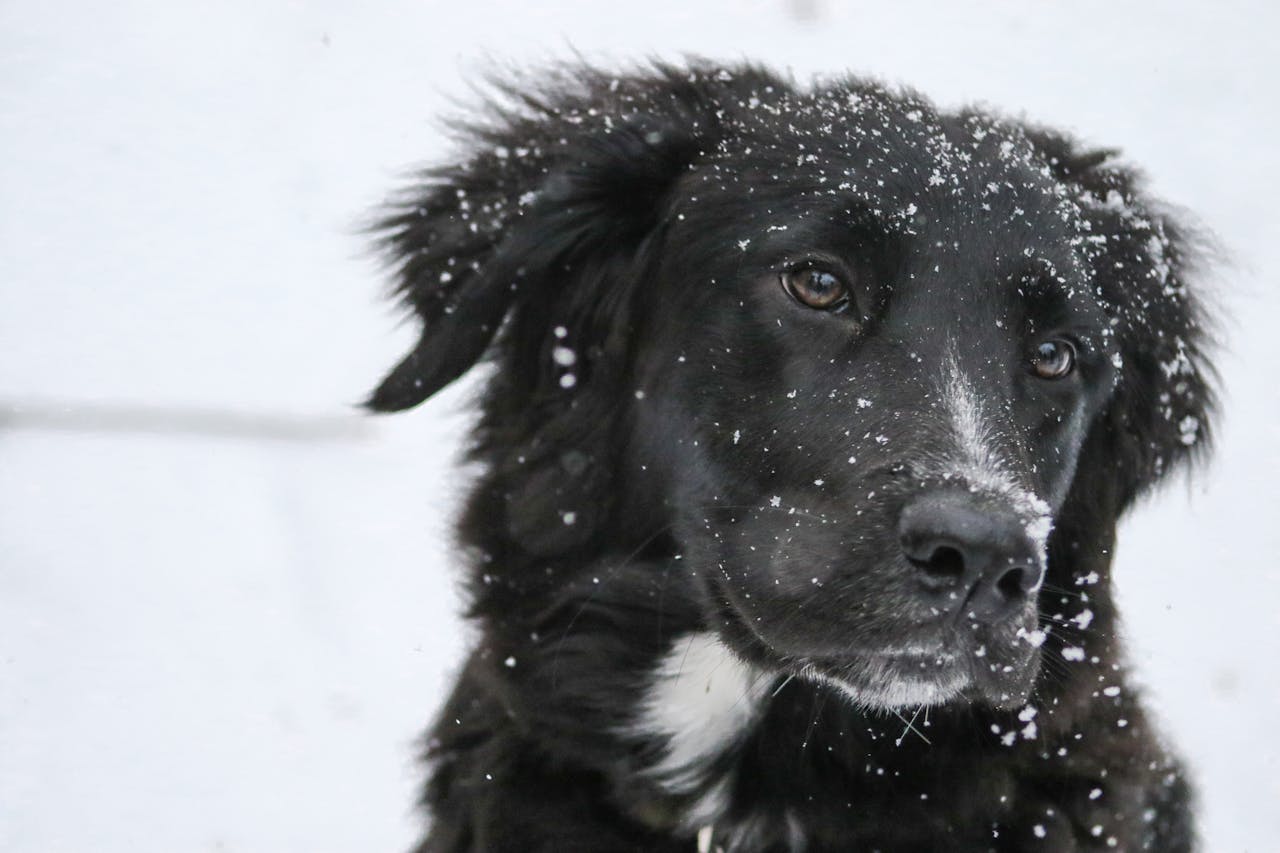
Winter activities for dogs aren’t just fun but also beneficial for your dog’s physical and mental well-being. Exploring snowy landscapes, hiking through frosty trails, and embracing the cooler weather with your pooch can be both enjoyable and fulfilling. Winter doesn’t have to mean staying cooped up indoors with your dog.
A study published in BMC Public Health found that 63% of dog owners reported walking their dogs in both summer and winter, indicating a significant portion maintain outdoor activities year-round (1).
You and your dog can make the most of the season with the right activities and safety measures. This guide highlights exciting outdoor winter activities for your dog and offers tips to ensure a safe and fun experience.
How to Prepare for Winter Activities For Dogs
Before heading outside, assess your dog’s ability and interest to do so in the winter. Not all dogs are fond of the snow, long hikes, or spending much time in cold weather. Some breeds are geared for it (Newfoundlands, for example).
- Dress Them For Warm Weather: If it’s too cold for you, it’s too cold for your dog. Ensure your dog has a well-fitting jacket or sweater to keep them warm. Protect paws with dog boots, booties, or a paw balm to prevent cracking.
- Keep Them Visible: Shorter daylight hours mean reflective gear is essential. Add a reflective leash, vest, or collar to keep dogs visible during walks and outdoor fun.
- Prevent Hypothermia: If dogs are outside too long, their body temperature can fall below normal. Puppies, smaller dogs, older dogs, and those with shorter coats are at higher risk of developing hypothermia. Pay attention to the time you spend outdoors and keep dogs bundled up.
- Bring Snacks and Water: Dogs need to stay hydrated no matter the weather. Pack water and snacks such as Elevate Pet Provisions’ Trail Treats, which are easily breakable and made with nine simple ingredients.
- Consider the Activity: Some dogs may love skijoring while others are fine with a quick neighborhood walk. Consider your dog’s physical fitness and desire to do winter activities. Never force your dog to do something that they have no interest in.
Fun Winter Activities To Do with Dogs
If you have no idea what your dog may like to do, try a few things and start slowly. You’ll know within 5 to 10 minutes if your dog enjoys snowy, colder weather for a limited time. Here are some fun options to consider:
- Snow Hikes and Winter Walks: Ensure your dog is physically able and willing to hike or walk and prepare with apparel, paw check, and reflective gear.
- Skijoring: The sport of skijoring combines dog pulling and cross-country skiing and is best with high-energy, medium, or larger breeds. Always train your dog first before hitting the trails.
- Snowshoeing: Walk deep through the snow with your best friend by your side.
- Sledding: Some dogs like to ride on a sled or run alongside. Always be safe and put your dog’s needs first. Steep hills are not advised.
- Winter Camping: Some pet parents take their dogs on winter outdoor camping adventures. The quiet, serene landscape and a toasty sleeping area can be a bonding experience.
- Snowball Fetch: Some dogs, mine included, love to chase snowballs. Just be cognizant of how many your dog chomps to avoid water intoxication.
- Doggy Playdates: If your dog does better with canine friends, arrange for playdates in your backyard, a park, or a friend’s backyard.
- Snow Maze: Create a fun snow maze by shoveling or snow-blowing a path in your yard so your dog can frolic and let out the zoomies (cabin fever affects dogs, too.)
Winter Safety Tips For Outdoor Fun with Dogs
It’s important to take precautions to keep dogs safe and comfortable in the colder months. Here are some essential winter safety tips before venturing outdoors with your dogs:
- Protective Gear: Booties, paw balm, a sweater or jacket, and anything else to keep dogs warm and safe from the elements.
- Hydrate: Carry water and a collapsible bowl to prevent dehydration.
- Health Check: Talk to your veterinarian about how long your dog should safely be outside in colder months. Ensure their heart and other body functions are up for it.
- Proper Nutrition: Active dogs may require more food in the winter to compensate for their increased metabolism and adventures. All dogs should eat a high-quality, human-grade food made in America. More about that shortly.
- Avoid Toxic Substances: Keep dogs clear of things like oil spills, antifreeze spills, and ice melters/rock salt that can be toxic to dogs. Never allow dogs to lick the ground or their paws during outdoor adventures.
- Provide Shelter: Dogs who will be spending more than a few minutes outside should be able to seek warm shelter, whether an insulated, heated outdoor doghouse or access to their cozy home indoors.
- Skin and Coat Check: Before, during, and after outdoor adventures, inspect your dog’s skin and coat for abnormalities. Winter skin can quickly dry out or become itchy.
- Avoid Thin Ice: Stay clear of frozen water, even if it appears stable. Ice can break under your or your dog's weight. Safety first.
- Carry Emergency Supplies: A first aid kit is essential when outdoors with your dog, no matter the season. You can purchase a pre-made first aid kit online or make your own with items like a thermal blanket, bandages, and paw balm.
- Stay Visible: Small lights that attach to your dog’s collar, in addition to the reflective gear you both wear, will help you be seen.
Fueling Your Dog’s Body for Winter
All dogs should have some sort of dietary adjustment in the winter months. It is a common myth that dogs should gain weight in the colder periods. Excess weight can lead to serious health complications, so talk to your veterinarian if you have concerns about your dog’s ideal weight.
Manage your dog’s diet by providing a high-quality, nutritious food like Elevate Pet Provisions. All Elevate products are crafted in USDA-inspected facilities from high-quality family farms and small U.S. ranchers. The high-quality protein supports your dog’s muscles and overall energy needs, while healthy fats provide concentrated energy and help maintain body heat outdoors.
As a bonus, superfoods like pumpkin and sweet potatoes provide fiber for digestion, a boost of vitamins, and beta-carotene to support your dog’s body.
The grass-fed beef formula contains only nine ingredients: ground beef, organ meat, sweet potato, apple, spinach, green bean, cod liver oil, calcium supplement, and celery extract. Consider easing your dog into this diet by trying Elevate’s topper, which easily sprinkles on any current diet.
Post Adventure Care for Your Dog in Winter
Once the fun is done, post-adventure care should still be considered.
- Rinse Paws: Use warm water to rinse off debris or salt that may have accumulated in the pads or fur.
- Dry The Coat: Snow and ice may cling to fur, leading to chills and discomfort. Use a towel to dry dogs off, and consider an indoor sweater or dog pajamas to warm them up.
- Hydrate and Feed: Dogs should have 24/7 access to cool, clean water indoors. To replenish their energy, offer a small, healthy treat like Elevate’s Trail Teats.
- Cozy Spot: Ensure your dog has a bed, kennel with mats and blankets, or another warm spot to get comfortable and warm up.
- Be Cognizant of Behavioral Changes: Dogs that are limping, seem overly tired, or won’t eat could have worked too hard outside. If there are no improvements, seek veterinary help.
Bottom Line on Winter Activities with Dogs
If your dog is an outdoor enthusiast energized by lower temperatures, have fun with safety measures in place. If your dog is more of a couch potato, you can do plenty of indoor things in the winter months. Here’s a list of over 100 activities to do with your dog in the winter months.
Cheers to happy, healthy dogs no matter the season!



